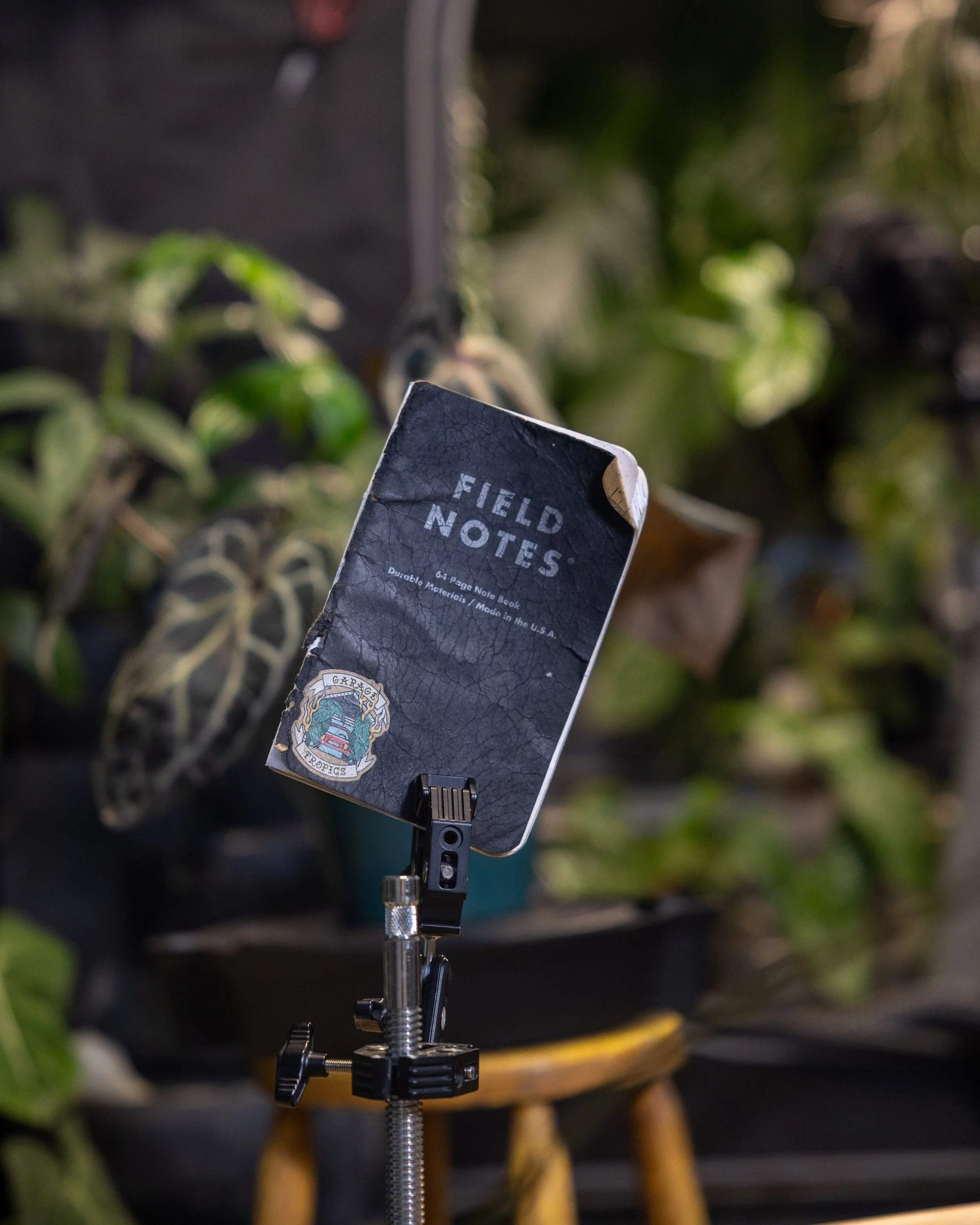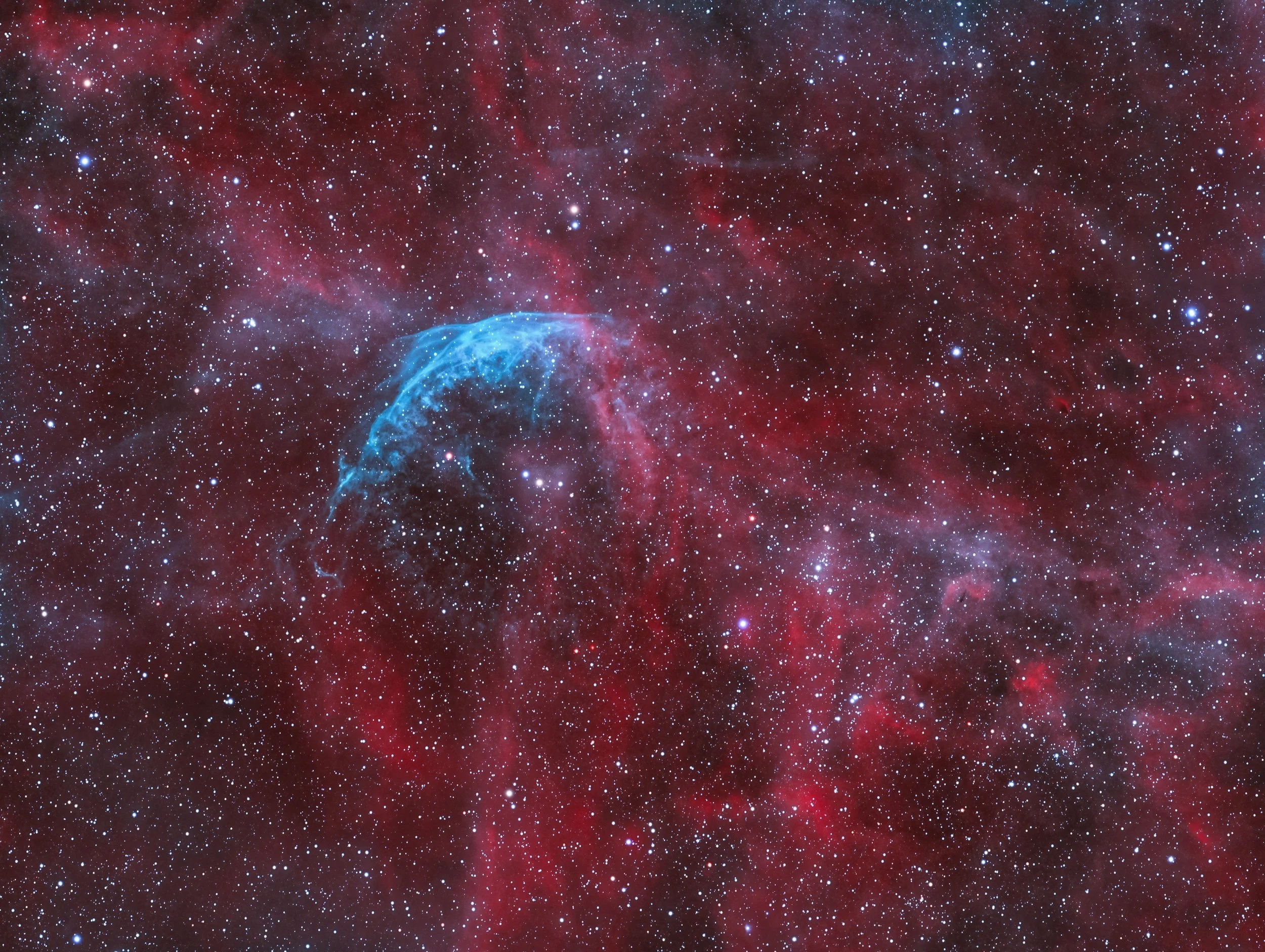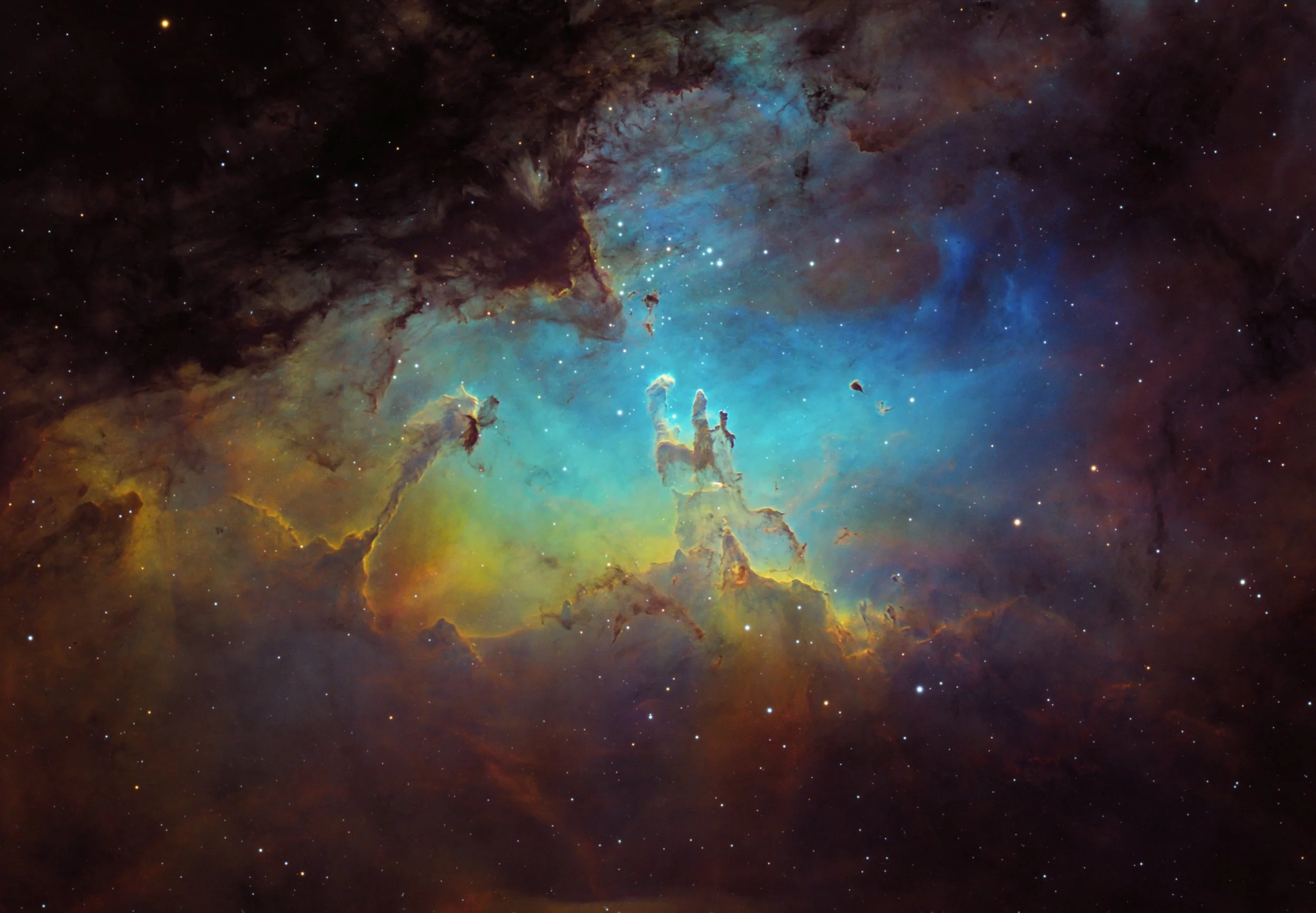AROIDER ASTROPHYSICS
This is a greenhouse for your mind.
“Matter clumps. Energy expands.
And sometimes… it waters the same plant for five years before slicing it in half
and mailing it to Thailand.”
Nobody really knows what was happening “before” the Big Bang not even the scientists. That era has a placeholder name: the Planck Epoch. Sounds official, but it’s basically just cosmology’s version of saying ¯_(ツ)_/¯.
I’m no cosmologist. I’m a guy in a garage full of tropical plants. But I’ve always believed that learning isn’t just for the lecture hall. These leaves, this space, they become a backdrop for asking bigger questions. I’m just saying, If I can take something as dense as the Concordance Model and make it feel alive here among the velvet Anthuriums, then maybe it will inspire a little wonder. That’s really all I’m after: bringing cool, complicated subjects into the soil where curious people can find them.
The term Big Bang itself is kind of misleading. It’s not one clear explosion it’s just whatever happened right before all the plasma in the universe started expanding and forming the cosmos we see today. That expansion is what the Concordance Model tries to describe, using math, particle physics, and some faith in what we think is happening based on what we can measure.
Terms that took me forever to determine were important:
- Reductionism is the idea that we can understand complex systems by breaking them down into simpler parts.
- Determinism assumes that if you know enough about the present, you can figure out the past and predict the future.
- Evolution laws are the math rules that say how things change from one moment to the next. If the rules line up with what experts observe, they’re useful.
- Emergent properties are things that seem new but are actually just side effects of the existing rules doing their thing.
Then there are Natural Laws, which are only “laws” if they can describe what’s been observed and hopefully make things simpler—not more confusing. These rely on:
- Constants like gravity and dark energy (26 of them, officially)
- A belief in particle physics (which supports chemistry)
- Einstein’s general relativity (which works well for big stuff)
- A belief in Quantum Mechanics
- And some pretty complicated math based on measurements taken across space and time that experts just have to essentially close their eyes and use.





But the problem is, all this stuff rests on… trust. We all trust the models. We trust the measurements. We trust the experts who built the theories, even though they’re still debating how to unify gravity with quantum physics. (Hence string theory, loop quantum gravity, extra dimensions, new forces, or your deity of choice.)
In short: we’ve got matter, energy, and a lot of unknowns. But to keep things coherent, science picked the Concordance Model as its working theory of how the universe formed and evolved. It fits what we can observe: clumped galaxies, cosmic radiation, and the weird effects of dark matter and dark energy.
Here’s the quick version:
1. A quantum vacuum "bloops" out a dense field of plasma.
2. The Big Bang event(s) happens, whatever that was, and this plasma starts expanding.
3. Gravity pulls some of it into stars and planets, while fusion lights things up and creates radiation.
4. That leftover radiation, called the Cosmic Microwave Background (CMB), is still floating around, and it’s not evenly spread out.
5. That unevenness fits with the theory that the original plasma wasn’t perfectly smooth. And something, maybe dark energy is still messing with the CMB today.
The Concordance Model holds up because:
- It matches what we see.
- It makes sense of gravity, dark matter, and dark energy.
- And… for now, it’s the best bet bc it doesn’t make vast assumptions about the Planck Epoch.
But does it tell us why the vacuum existed? Or where the “laws” came from? Not really. You can still believe in a multiverse, cycles, booms-bounces-bloops, Brahma being born out a lotus, a vibrating string-drum cosmos, extra dimensions with new forces, or a big cosmic Anthurium fruit, but the Concordance Model won’t confirm or deny any of that.
Side story and a nod to Sabine: The following is a recreation of a cautionary tale about the Problem of Induction and my coming up with it is due to Dr. Hossenfelder’s masterful inclusion of the original parable by David Hume in her influential work: Existential Physics: A Scientist’s Guide to Life’s biggest Questions.
Imagine you are a dark velvet leaf Anthurium living in a grow tent where everything is nicely controlled. Your human keeper comes to water you every day and the lights go off every night, you get regular fertilizer and for years life is good.. routine but good. One August day the human takes something sharp and slices off your upper portion and ships it half way around the world. Up until the moment the scissors did their work, you would have assumed you understood perfectly the daily life process of a plant kept in human cultivation. You may have even constructed whole theories as to how it all works. However there was a complex socioeconomic game being played involving things like market trends and global logistic companies that were well beyond anything you could have ever imagined from your nice little pot inside the vast grow tent, inside the even more vast garage.
Further Reading:
- Peebles, P. J. E. (2020). Cosmology’s Century: An Inside History of Our Modern Understanding of the Universe. Princeton University Press.
- Carroll, Sean. (2016). The Big Picture: On the Origins of Life, Meaning, and the Universe Itself. Dutton.
- Greene, Brian. (2004). The Fabric of the Cosmos: Space, Time, and the Texture of Reality. Vintage.
- Hossenfelder, Sabine. (2018). Lost in Math: How Beauty Leads Physics Astray. Basic Books.
- Guth, Alan. (1997). The Inflationary Universe. Helix Books.
- Hossenfelder, Sabine. (2022) Existential Physics: A Scientist's Guide to Life's Biggest Questions. Viking.
These notes brought to you by dirt under the nails and a desire of a garage gardener to understand something bigger.





